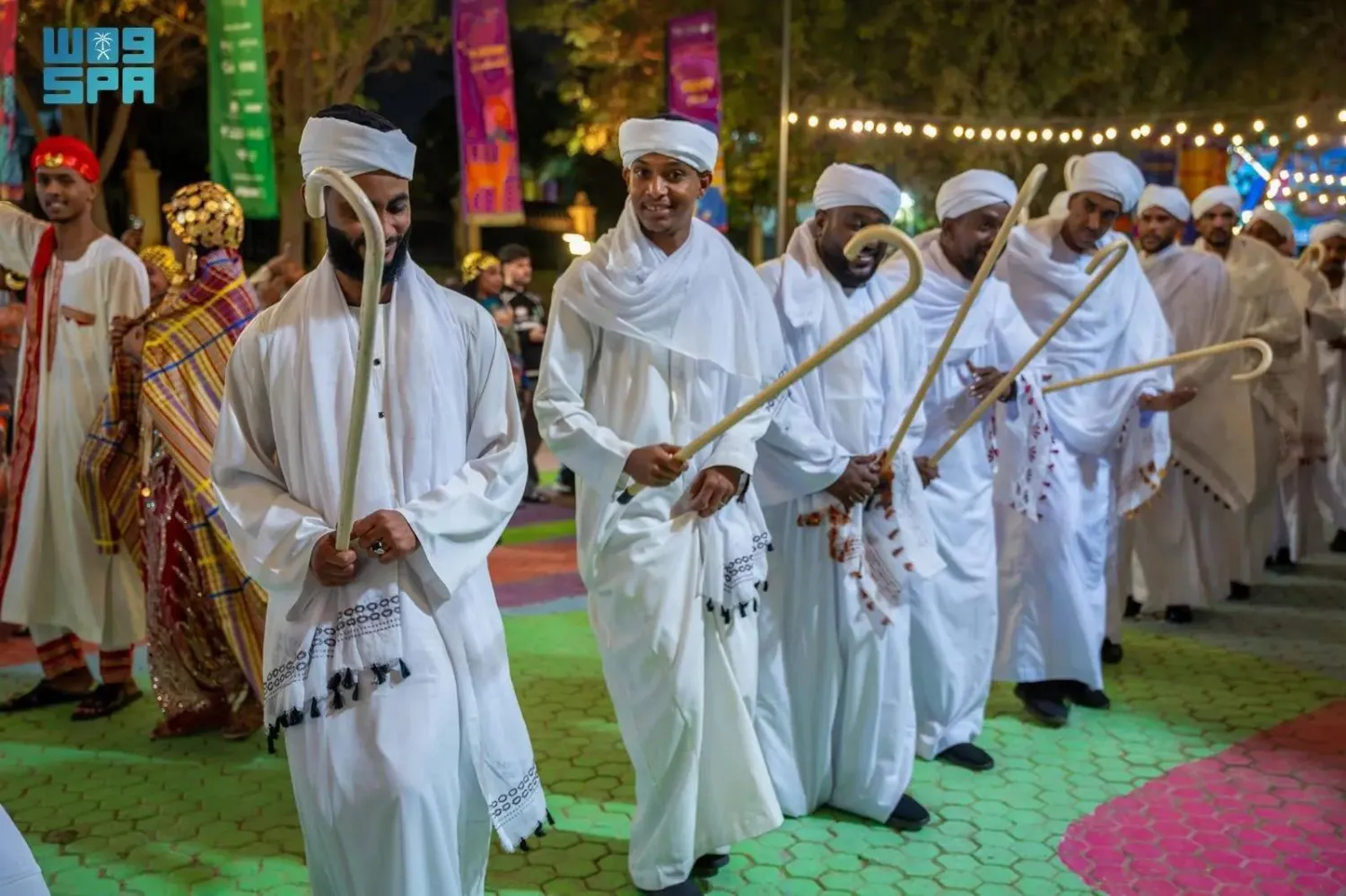The three-day Tanweer Festival 2024, themed "Timeless Echoes of Love and Light," will bring an immersive cultural gathering to the UAE on November 22, Emirates News Agency (WAM) reported.
Inspired by the legacy of Jalal al-Din Al Rumi, the festival invites global audiences to engage in shared expressions of music, art, poetry, and cultural exchange, WAM said.
Held in the Mleiha Desert, Sharjah, this event will feature three days of artistic and cultural activities, with over 100 musicians from more than 15 nations, performing across four uniquely designed stages, along with ten workshops and immersive art installations.
The festival’s program integrates performances by renowned artists such as Sami Yusuf, Dhafer Youssef, Kamal Musallam, and Constantinople with Ghalia Benali, each contributing to a diverse artistic atmosphere.
The event will include ten workshops aimed at enhancing creative skills and understanding cultural traditions, from Sufi whirling to calligraphy lighting, led by experienced practitioners.
Visitors can also explore art installations by visionary artists such as Karim + Elias, Ahmad Kattan, and Omar Al Gurg, which will provide reflective and inspirational experiences.
Tanweer’s “Nourish” culinary area will feature 12 vendors offering local and international dishes, reflecting the festival’s ethos of cross-cultural connection through food.
The marketplace will host 14 local and international artisans, showcasing handcrafted items and sustainable goods that celebrate diverse artistic traditions.









